School History Trip To Vietnam
Bursting with colour, life and culture, Vietnam is one of the most captivating and easily navigable of the Southeast Asian countries. With modern historical events still felt in the country, students on a school history trip to Vietnam will find that they are moved and affected by what they see and learn during their trip.
Highlights
The iconic Hien Luong Bridge
Have a go fitting in one of the Cu Chi Tunnel entrances
Discover more about the Vietnam War at Quang Tri
Witness Reunification Palace
Radyr Comprehensive SchoolI cannot recommend Vietnam highly enough – our party of 60 students are still buzzing about this tour a year on! From an overnight cruise around Halong Bay to navigating the stunning backwaters and floating markets of the Mekong Delta – the beauty of this country is surpassed only by the warmth of the locals.
Suggested itinerary
What's included*
NB: Until 30 June 2021, British Citizen passport holders travelling for tourism can enter Vietnam for up to a maximum of 15 days (inclusive of dates of entry and exit) without a visa.
Recommended excursions
Surrounded by peaceful lotus ponds and lush banyan trees, Thanh Chuong Viet Palace is one of the most culturally rich destinations in Vietnam. Located on Soc Son Mountain, outside of the capital Hanoi, the palace tells the story of Vietnam’s cultural history through traditional architecture, artwork and folk heritage pieces.
Ho Chi Minh, the Father of Vietnam, founded the first Vietnamese communist party and lead the fight for independence from the French which was achieved in 1954. The complex is a place of pilgrimage for many Vietnamese with the imposing Mausoleum of ‘Uncle Ho’ as its centre piece. Ho Chi Minh’s Stilt House, the Presidential Palace, Ho Chi Minh Museum and the One Pillar Pagoda also form part of the complex.
The Temple of Literature was built as a University in 1070 dedicated to Confucius. The picturesque building complex with its courtyards and gardens is a fine example of traditional-style Vietnamese architecture. The small popular Hoan Kiem lake is located in the heart of the city and is a great place for people watching. Take a walk across the traditional, red-painted, Huc Bridge to the Ngoc Son Temple in the middle of the lake.
Take a four-hour cruise to see the spectacular scenery of Halong Bay with its multitude of towering limestone islands of different shapes and sizes, covered in forest and set in emerald waters. Ha Long means “descending dragon” named after the legend of how the bay was formed. This UNESCO World heritage site is one of the most popular attractions in Vietnam.
Stretching across the Ben Hai River, the Hien Luong Bridge marked the military demarcation line lie between North and South Vietnam established by the Geneva Accords of 1954. Students can still see sculptures that symbolise the improvised methods of communication developed by families either side of the river.
Strategicaly located on the border of North and South Vietnam, this maze of tunnels were built to protect people from the heavy bombing the area faced. Students will learn how the villagers of Vinh Moc burrowed more than 20 metres in order to survive the shelling by US forces.
Located in the Central Region of Vietnam, Quang Tri marks one of the most significant battlefields in the Vietnam War. The area includes Khe Sanh Combat Base and the Quang Tri Citadel which stands as a symbol of the resilience and courage of the local people. The citadel was a military fortress, administrative, political and economic centre. It was almost entirely destroyed by fierce US bombardment. Part of the citadel has been re-built and it is now a National Historic Monument.
This ancient city on the Perfume River in central Vietnam was the capital during the Nguyen Dynasty at the start of the 19th century. The riverside Imperial City incorporates the Royal Palace, Forbidden City, royal Tombs, pagodas and temples and is a UNESCO World Heritage site. Some of the most intense fighting of the US-Vietnam war took place in this area. See the hillside monumental tomb of Khai Dinh the penultimate emperor of Vietnam from 1916 – 1925.
The historic architecture of Hoi An’s riverside and old town (UNESCO) is a mix of Vietnamese, Chinese, Japanese and colonial styles dating back 200 years. From the 16th to the 18th century Hoi An was an international trading post on the banks of the Thu Bon River leading to the East China Sea. Today this charming town it is an atmospheric living museum full of shops, tailors, art galleries, restaurants and cafes. At night the riverside and old streets are lit by old fashioned lanterns.
The complex network of tunnels, beneath the Cu Chi district, were developed during the Vietnam War by the North Vietnamese. Serving as a communications channel, supply route plus food and weapons caches, the tunnels can be explored by students with a guide.
Comprising of a series of themed rooms, students will be able to explore amazing photographic displays including tanks, jet planes and many examples of explosives dropped by American and allied war planes during the Vietnam War.
A landmark within Ho Chi Minh City, reunification Palace was once the home of the President of South Vietnam. The palace was also the site of the official handover of power during the Fall of Saigon in 1975 and remains brilliantly preserved within its 1960s-style architecture.
The colonial building was constructed when Vietnam was part of French Indochina in the late 19th century. Built between 1886-1891 with Gothic, Renaissance and French influences the old post office is now a tourist attraction. The nearby neo-Romanesque Notre Dame Cathedral was built between 1877 and 1883 using bricks from Marseilles and stained-glass windows from Chartres.
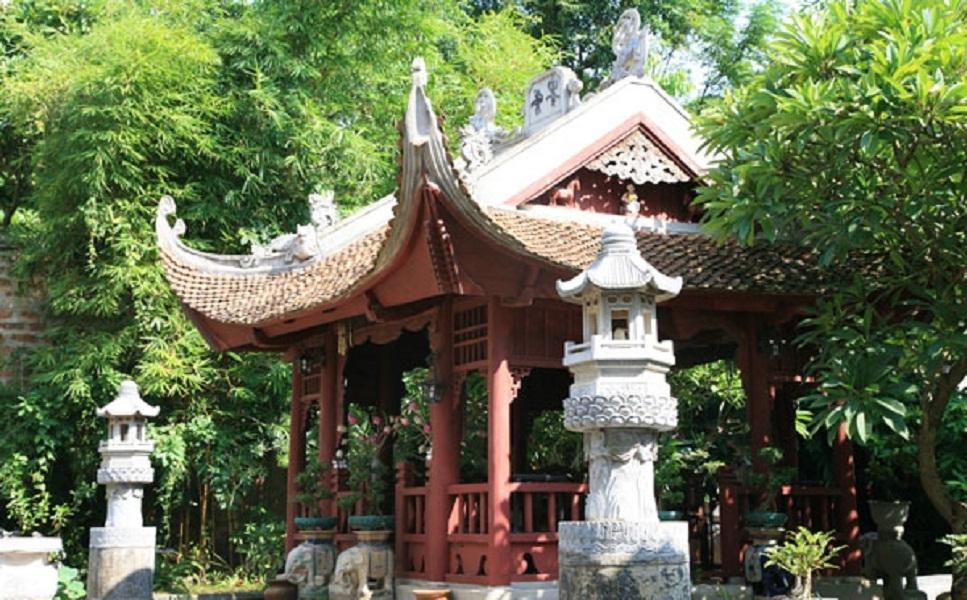
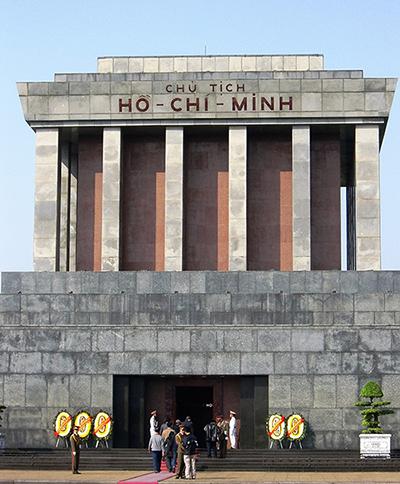
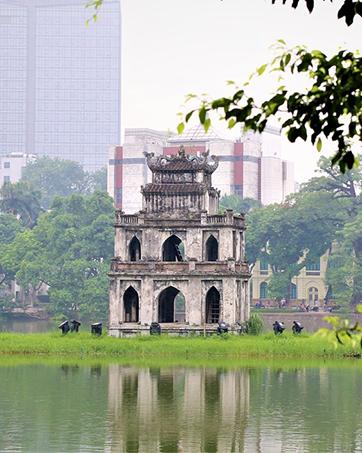
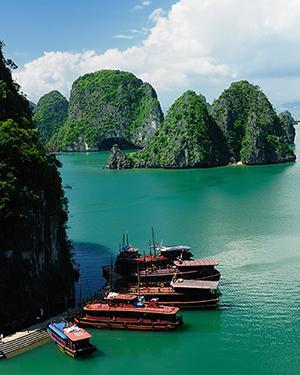
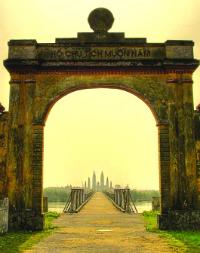
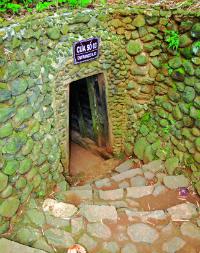
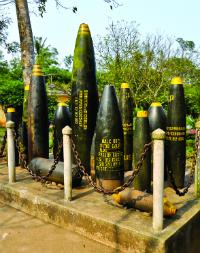
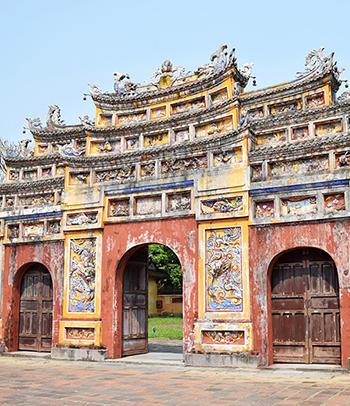
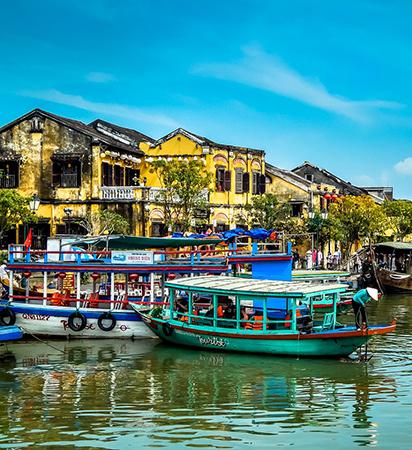
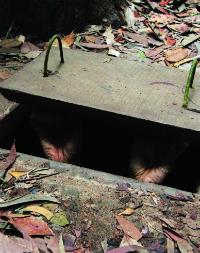
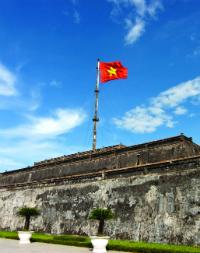
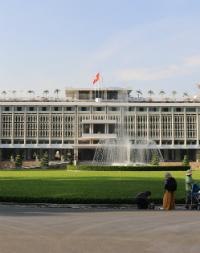
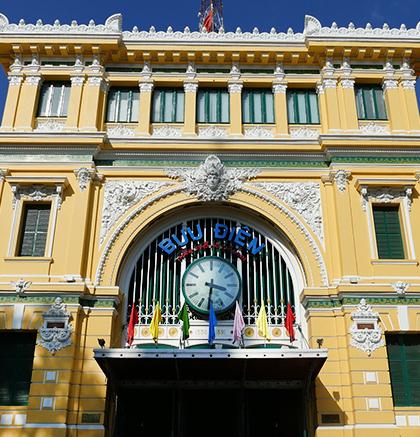
Typical accommodation
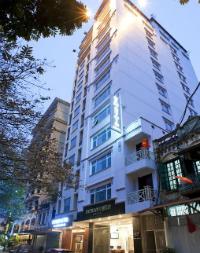
Why groups like it:
Facilities:
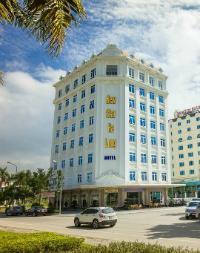
Why groups like it:
Facilities:
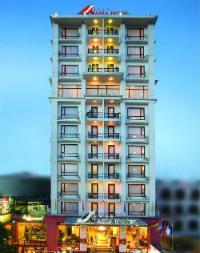
Why groups like it:
Facilities:
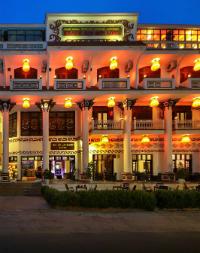
Why groups like it:
Facilities:
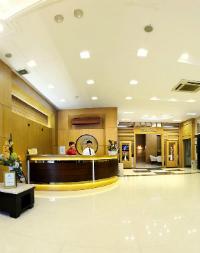
Why groups like it:
Facilities:
Learning outcomes
Subject focus
Students can:
- Develop an understanding of Vietnamese ancient history and how it continues to shape the country’s culture today
- Learn about the French rule of Indochina and the guerrilla war against the French Imperialist power
- Consider the Geneva Agreement of 1954 which divided the country into North and South
- Learn about the Domino Effect and why the Americans got involved in the Vietnam war
- Explore the impact of war, the past divide and the reunification in 1976
- Reflect on the legacy left by the Vietnam War
Student outcomes
Students will have had an opportunity to:
- View a wide range of sites that remain in the footprint of Vietnam’s history
- Explore the captivating Vietnamese architecture and its historical importance
- Learn about the factors which brought an end to the Vietnam war
- Understand the impact of war on families and the physical divide it created
- Identify how the country’s past has seen its future shaped by travel and tourism



